Spirulina-Algae with Mysterious Power【1】
There are many different kinds of algae, but today we are going to learn about Spirulina.
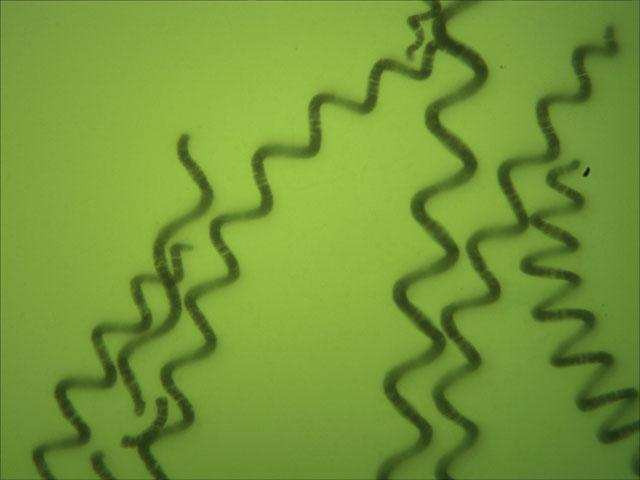
What is Spirulina?
Spirulina, a group of economic microalgae in the genus Spirulina of the family Trematoda, Prokaryotes.
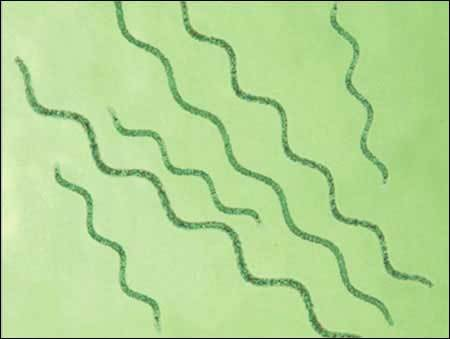
The filaments are uniseriate cells forming filaments without branches and anisocytes, usually blue-green in color, with regular spiral curl structure, and the whole may be cylindrical, spindle-shaped or dumbbell-shaped; the ends of the filaments are slightly thin, and the terminal cells are bluntly rounded or with cap-like structures; usually without sheaths, occasionally with thin and transparent sheaths; the cells are cylindrical; there are obvious transverse septa between the cells, and the transverse septa have no or no obvious constriction.
Why is it called spirulina?
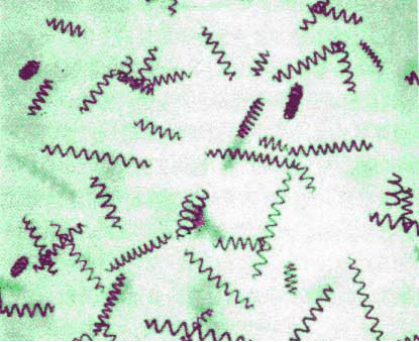
Spirulina has a spiral shape when viewed under a microscope, hence the name Spirulina.
Growing Environment
The suitable growth temperature of Spirulina is generally at 28℃-35℃, 15℃ and 40℃ are its minimum and maximum growth temperature respectively, while its mild and heat-resistant strains can be cultivated at 35℃-40℃.
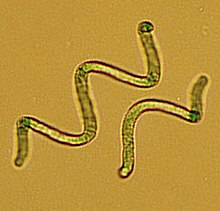
The suitable pH for Spirulina growth is 8.3-10.3, and still grows well when the pH is 11. It was found that Spirulina obtusa grows best in water with a salt concentration of 20-70g/L. Spirulina is a strictly photo-autotrophic algae, relying on sunlight and absorption of CO2 in the water for photosynthesis.
The photosynthetic ability of Spirulina is very strong, the light energy utilization rate of higher plants is usually 5%-6%, while the light energy utilization rate of Spirulina is as high as 18%, the photosynthetic efficiency reaches 43%, which is more than 3 times of general crops. Spirulina grows and reproduces rapidly, suitable for indoor and outdoor mass culture in different areas or seasons, with a very short growth cycle, the normal growth cycle is only 11h, if the conditions are in the best condition, the fastest proliferation rate is 4h once.
Distribution range
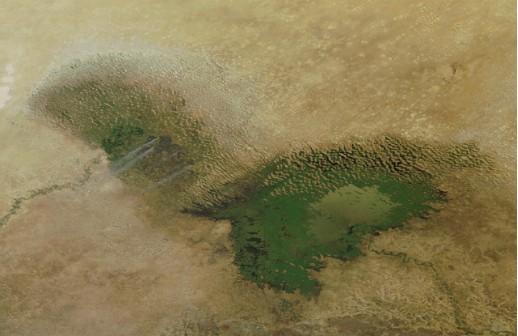
Spirulina is mainly distributed in freshwater and saline lakes in tropical and subtropical regions, and in the natural environment Spirulina is mainly distributed in Central Africa Lake Chad Lake Chad in Central Africa, Lake Texicoco in Mexico and Lake Yongsheng in Yunnan, China. Chenghai Lake Spirulina Spirulina grows naturally in alkaline lakes, but can be produced commercially under artificial control in large outdoor or greenhouses.
↓
In the next article we will continue to talk about the value of spirulina...



 Mobile: 86-13012553585 15610518510
Mobile: 86-13012553585 15610518510 Phone (Fax):86-53283197178
Phone (Fax):86-53283197178 E-mail: admin@bluealga.com
E-mail: admin@bluealga.com Add:No.918 Lingang 8 Road Huangdao District,Qingdao China 266400
Add:No.918 Lingang 8 Road Huangdao District,Qingdao China 266400

